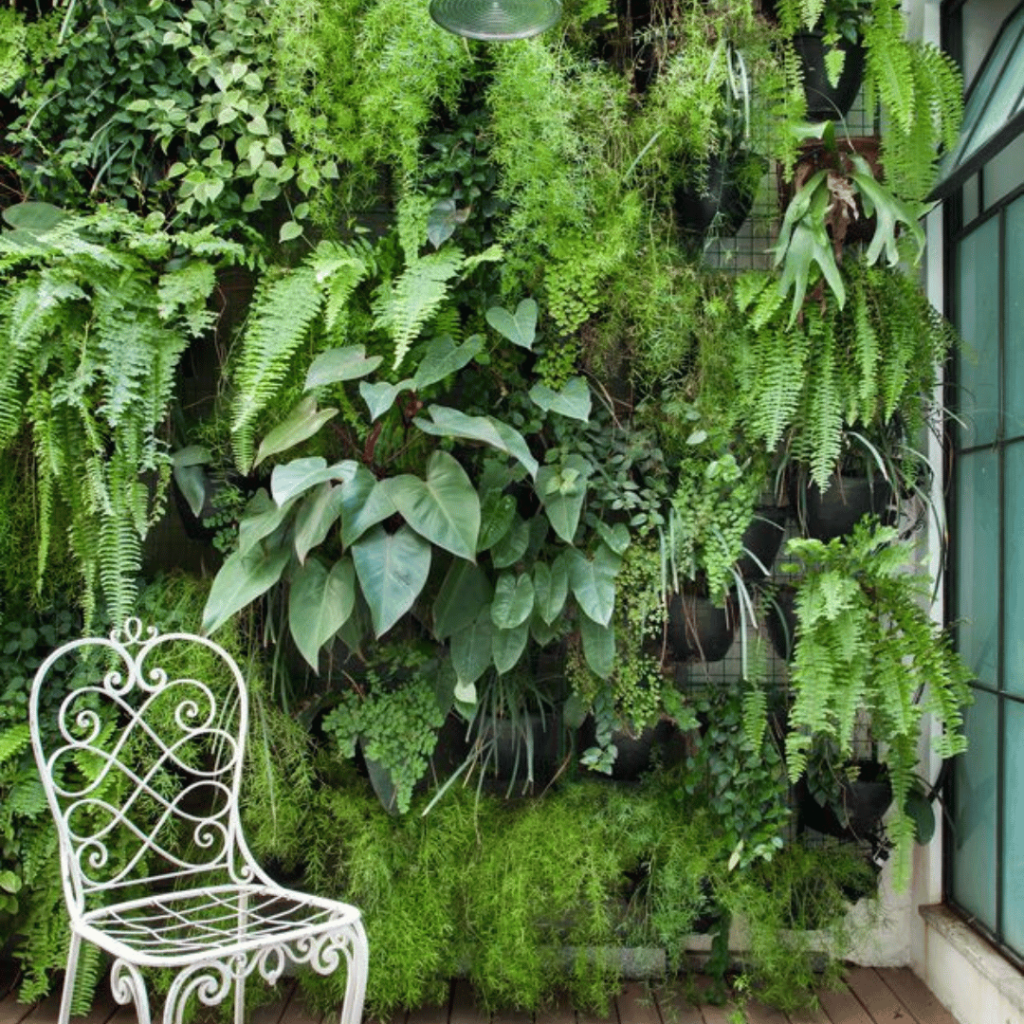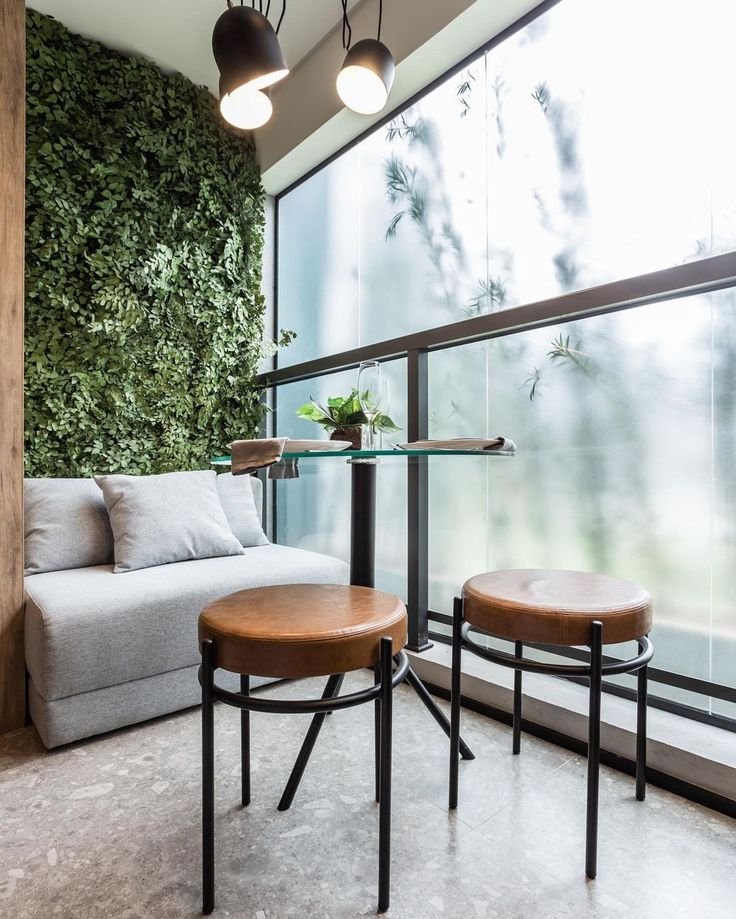WHAT IS VERTICAL GARDEN
A vertical garden, also known as a green wall or living wall, is a method of growing plants vertically on a wall or other vertical surface. It is a popular technique used to bring greenery into urban spaces where horizontal gardening space is limited or unavailable. These are designed to utilize vertical space efficiently, allowing plants to grow upward rather than outward. They can be installed both indoors and outdoors, making them versatile for various environments.
Featured
These gardens add a stunning visual element to any setting, creating a lush and vibrant display of plants that can be tailored to suit various design styles and preferences. They bring life and color to otherwise dull or unused spaces, making them visually appealing and inviting


Falling Plants Wooden Panel


HOW IT WORKS


SITE MEASUREMENT


CUSTOMISED DESIGNS


ENJOY YOUR GREEN WALL
MAINTAINANCE
Maintaining a such type of garden involves regular watering, fertilizing, pruning, and pest control. Check the moisture levels and water the plants as needed. Provide essential nutrients through fertilizers. Trim and prune the plants to remove dead or overgrown foliage. Monitor for pests and diseases, taking appropriate action to control them. Inspect and maintain the trellis or support system. Check and maintain the irrigation system if applicable. Adapt maintenance based on seasonal variations. Conduct regular inspections to identify issues early. Stay informed about the care requirements of your specific plants.


FREQUENTLY ASKED QUESTIONS
GENERAL
A vertical garden, also known as a living wall or green wall, is a method of growing plants vertically on a structure or wall instead of horizontally in the ground. It allows for the cultivation of plants in limited spaces.
Vertical gardens offer several benefits, including:
- Maximizing the use of limited space, especially in urban environments.
- Improving air quality by reducing pollution and increasing oxygen production.
- Enhancing aesthetics and beautifying indoor and outdoor spaces.
- Insulating buildings and reducing energy consumption.
- Absorbing noise and improving acoustic qualities.
- Providing habitat for beneficial insects and birds.
- Growing herbs, vegetables, and flowers in a convenient and accessible manner.
Various types of plants can be grown in a vertical garden, depending on the lighting conditions and specific requirements. Common options include herbs, succulents, ferns, trailing vines, flowers, and even small vegetables like lettuce or cherry tomatoes.
The watering method depends on the design and structure of the vertical garden. Some vertical gardens have built-in irrigation systems that distribute water evenly. Others may require manual watering using a watering can or hose. It’s important to ensure proper drainage to prevent water accumulation and root rot.
Yes, vertical gardens can be installed indoors. However, it’s essential to consider factors such as available natural light, humidity levels, and suitable plant selection for indoor environments. Additionally, proper waterproofing and drainage must be addressed to prevent water damage.
Maintenance requirements for vertical gardens typically include regular watering, pruning, fertilizing, and pest control. Monitoring plant health, addressing any signs of disease or nutrient deficiencies, and replacing or rotating plants when necessary are also important aspects of maintenance.
Yes, depending on the size and complexity of the vertical garden, it is possible to install one yourself. However, for larger or more intricate installations, it may be beneficial to consult with professionals or hire a specialized company experienced in vertical garden design and installation.
Before installing a vertical garden, consider the following:
- Lighting conditions and availability of sunlight.
- Structural integrity and load-bearing capacity of the wall or structure.
- Water source and drainage options.
- Plant selection based on local climate, available space, and desired aesthetics.
- Maintenance requirements and access for regular care.
The lifespan of a vertical garden can vary depending on factors such as plant selection, maintenance, and environmental conditions. With proper care, vertical gardens can last for several years. However, individual plants may need to be replaced periodically to maintain the overall health and appearance of the garden.
Some challenges of vertical gardens include:
- Adequate sunlight or artificial lighting for plants.
- Proper irrigation and drainage to prevent water-related issues.
- Selection of appropriate plant species for the specific environment.
- Regular maintenance and care to ensure plant health.
- Initial installation costs and potential structural modifications.
- Potential issues with pests and diseases, which need to be addressed promptly.





